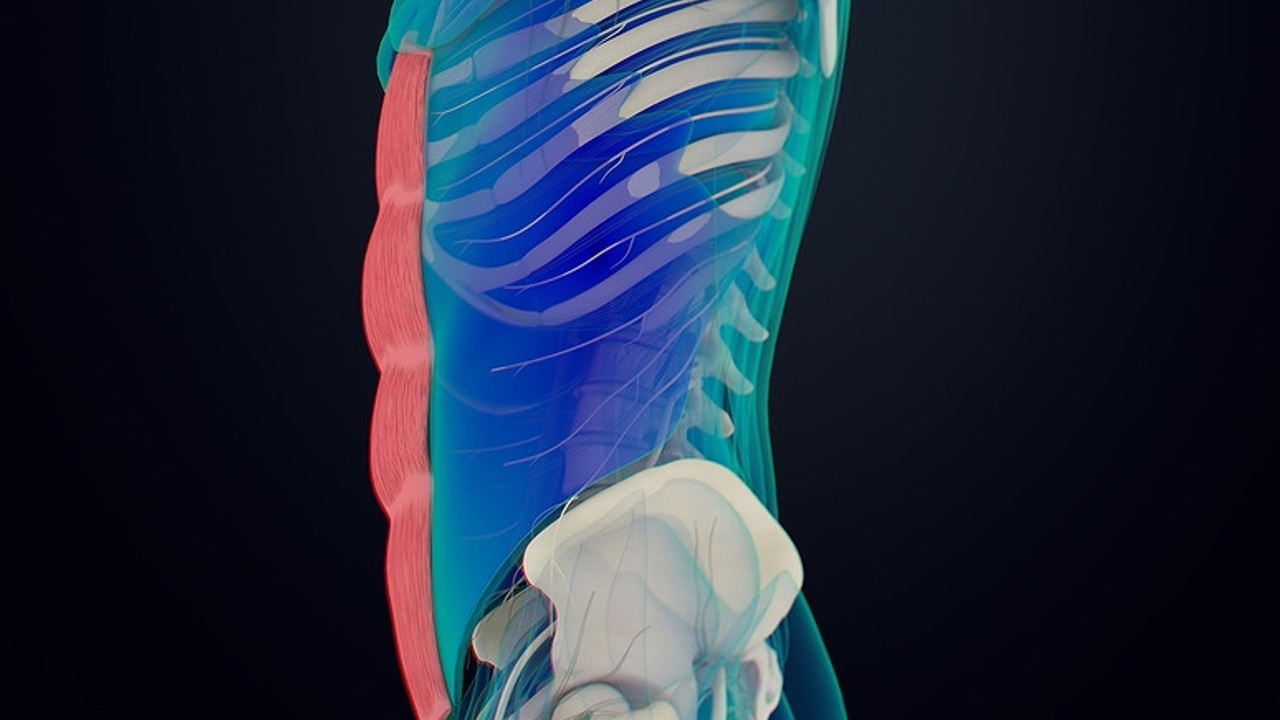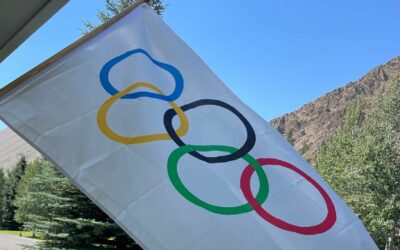Please enjoy an excerpt from my book,
Winning the Injury Game, available on
Amazon.
What is your core? And how does it relate to your posture? Although we hear a lot about “the core” and have been told we need a strong one from various sources—doctors, fitness professionals, media—there is still much confusion about what our core actually is. Why are we advised to strengthen our core for back pain? If we don’t even know what the core is—if we don’t know what we’re trying to strengthen—how can we possibly train effectively?
For starters, the core is much more than just your abs. There continues to be a debate about what the core is. Many names have been applied and divisions made in reference to the core. In this discussion, I’m going to focus on only the essential structures of your core as they relate to posture. Simply put, your core is a cylinder of strength at the center of your body.
1 It is the deep infrastructure that you need to maintain alignment; it’s the rebar and bedrock the sandcastle lacks that make it prone to destruction.
Envision an apple core: it is round and fills the center of the apple in all directions. It is the solid framework around which the apple grows. Your core is no different. It is a cylinder of stability created by bones, muscles, and interabdominal pressure within your abdomen.
1 Just like an apple core that protects the fruit’s precious seeds, your core cradles your life-sustaining organs, Figure 9-2. The position of your core dictates the posture of your extremities—your arms, legs and head. Core alignment also influences the position of your internal organs, thus affecting the functioning of other body systems—digestion, respiration, circulation, elimination, etc. Your core either radiates strength and alignment or weakness and dysfunction throughout your body.
The main boney structures of your core are the rib cage, pelvis and spine—thoracic and lumbar. The rib cage and pelvis contain two of your body’s diaphragms. In the rib cage lies the respiratory diaphragm, and in the pelvis lies the pelvic diaphragm,
2 often referred to as the pelvic floor. I’ll use the term “pelvic diaphragm” throughout this chapter. The respiratory diaphragm is one muscle, while the pelvic diaphragm is composed of several muscles together. The muscles of these diaphragms are skeletal muscles, just like your quadriceps or triceps, and they respond positively to training; they can also become weak from lack of use. “Use it or lose it” applies to diaphragm muscles, too!
The respiratory diaphragm forms the top of your core. The pelvic diaphragm forms the bottom. These diaphragm muscles extend laterally in all directions from your center—forward, backward, and to both sides, creating the caps of the cylindrical structure of your core. Spanning the space between the two diaphragms is the transverse abdominis (TA), the deepest abdominal muscle, which encircles the abdomen.
1 I often refer to the TA as your corset muscle. When it shortens, it compresses the center of the body inward, shrinking the waistline—an additional reason to have a well conditioned TA! The multifidus muscle, in the back, is also often included as a core muscle, but I have chosen to exclude it for simplicity in this discussion. Figure 9-3 depicts the structures of the core.

The image of the core in Figure 9-3 depicts the bones in correct alignment: the rib cage is centered above a level and neutrally positioned pelvis, and the spine has natural curves. This balanced core position is a big assumption, as it’s usually incorrect for many people. (Recall the pelvic asymmetry that was discussed in detail in Chapter 6.) For the purposes of defining the core, though, I took the liberty of depicting correct skeletal alignment.

- Wiebe, J. (2014). The Pelvic Floor Piston: Foundation for Fitness. [Online Course] Retrieved from: http://www.juliewiebept.com/product/the-pelvic-floor-piston-foundation-for-fitness-2/
- Postural Restoration Institute® (PRI) (2015). Pelvis Restoration Course: An Integrated Approach to Treatment of Patterned Pubo-Sacral Pathomechanics. Lincoln, NE: Postural Restoration Institute® (PRI).
 The image of the core in Figure 9-3 depicts the bones in correct alignment: the rib cage is centered above a level and neutrally positioned pelvis, and the spine has natural curves. This balanced core position is a big assumption, as it’s usually incorrect for many people. (Recall the pelvic asymmetry that was discussed in detail in Chapter 6.) For the purposes of defining the core, though, I took the liberty of depicting correct skeletal alignment.
The image of the core in Figure 9-3 depicts the bones in correct alignment: the rib cage is centered above a level and neutrally positioned pelvis, and the spine has natural curves. This balanced core position is a big assumption, as it’s usually incorrect for many people. (Recall the pelvic asymmetry that was discussed in detail in Chapter 6.) For the purposes of defining the core, though, I took the liberty of depicting correct skeletal alignment.




